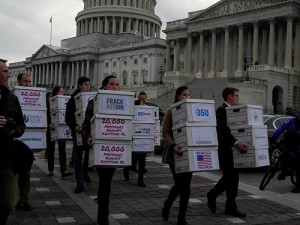November 14, 2013
 Many of the important messages about health include information about the role of genes for health. Genes matter. Behavior matters. Environments matter. The problem is how to communicate that genes do not absolutely determine health. This will be an important part of health communication for many decades to come.
Many of the important messages about health include information about the role of genes for health. Genes matter. Behavior matters. Environments matter. The problem is how to communicate that genes do not absolutely determine health. This will be an important part of health communication for many decades to come.
Professor Celeste Condit wrote about how genes have been defined in her book, “The meanings of the gene” [http://www.amazon.com/The-Meanings-Gene-Heredity-Rhetoric/dp/0299163644].
Efforts to define genes often depend on the use of metaphor, explaining what a gene is in terms of something else that an audience is assumed to already understand. Many of these metaphors use “instruction” as a key component. Professor Rachel Smith and I decided to evaluate two of these instruction metaphors, one that defined genes as “a blueprint of our possibilities” and the other that defined genes in terms of “instructions” more generally. The abstract of the article to be published in February in the journal, Health Communication, appears at: http://www.tandfonline.com/doi/abs/10.1080/10410236.2012.729181#.UtLxv1OFeSo. The online article is at: DOI: 10.1080/10410236.2012.729181
Participants received a message about the role of genes for health for which the introduction varied the definition of a gene, and all other content was the same. Participants who read a message with the blueprint metaphor were more likely to believe that genes absolutely determine health and that genetic therapies are the effective means to address the role of genes for health. The instruction metaphor related to participants having stronger beliefs that genes make one more susceptible to disease but do not absolutely determine the onset of disease, and beliefs that we have some personal control over the role that genes have for our health.
These results support the importance of the metaphors used to define health and scientific terms. Just one exposure to a message that defines genes in different ways can have powerful effects on our attitudes about genes and health.














